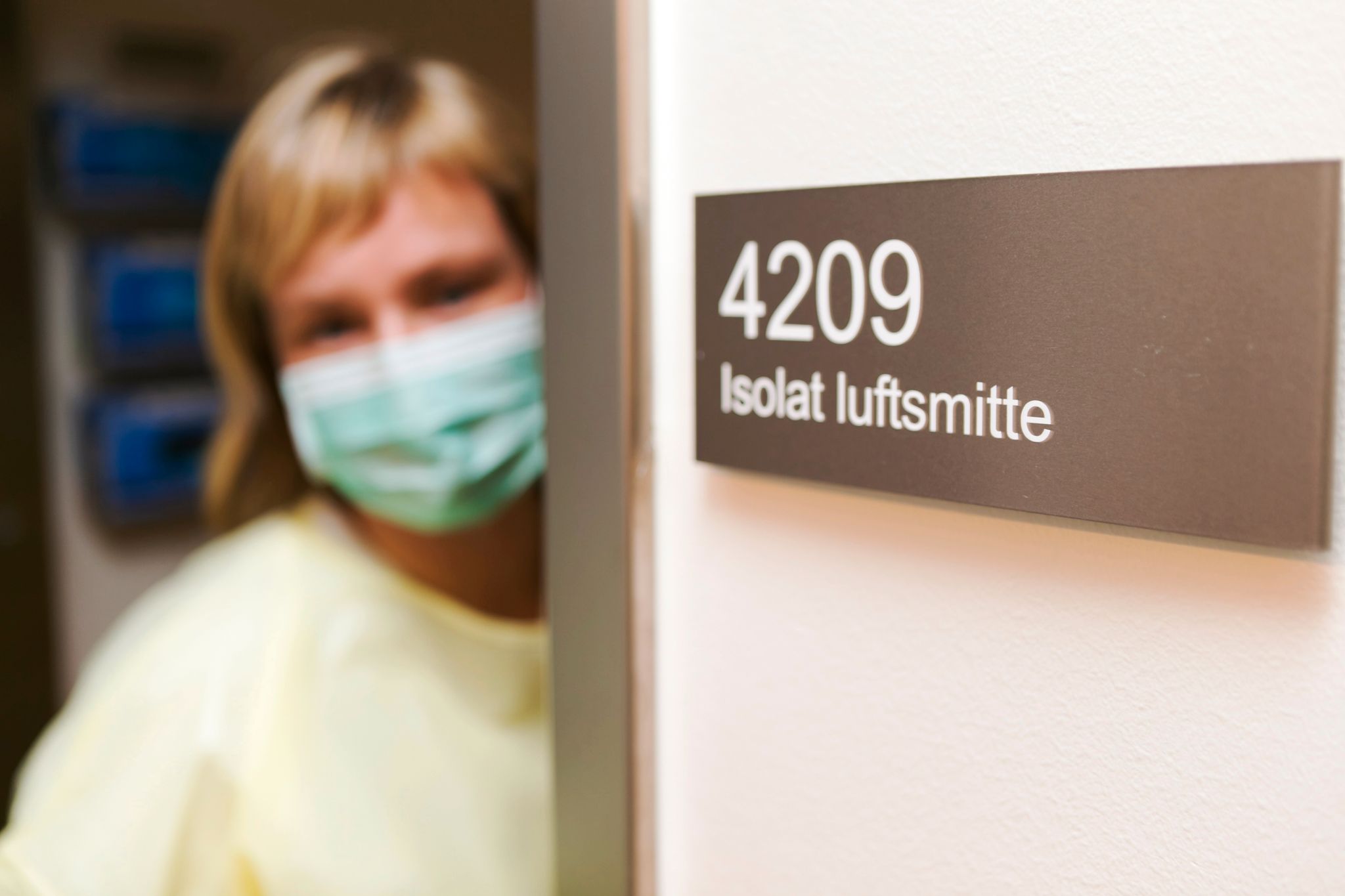The support for infection control measures is generally large in the population. But doctors are more critical of closing schools and kindergartens.
The media survey 2021 has, among other things, examined the differences between doctors, nurses and the general population’s attitudes to various infection control measures. Photo: Cornelius Poppe / NTB
––
– As far as I know, no one has asked Norwegian doctors and nurses about this before, so the answers give us completely new knowledge about the attitudes of some of those who have worked most closely on the pandemic, says Erik Knudsen.
He is a researcher at the University of Bergen and academically responsible for the Media Survey 2021.
In the survey, a representative sample of the population has been asked how much they agree or disagree with the introduction of various infection control measures. The questions were asked in both November 2020 and March 2021.
The same questions were then asked of nurses and doctors.
The results show that especially the view of closed schools varies between the different groups.
Every other doctor critical of school closure
In general, large parts of the population support many of the infection control measures that have been introduced. But the figures also show that doctors are more critical of closing schools than the other groups.
Approximately every second doctor disagrees or completely disagrees with the use of school closure as an infection control measure.
Among nurses and the general population, a third answer the same:
– Not every day you see such differences
The difference between the doctors and the other groups is statistically significant. There is therefore a high probability that it cannot be explained by chance.
– When you do opinion research, it is not every day you see such differences between different groups. We often sit with a magnifying glass to find these, but here it is quite clear, says Knudsen.
– Do you know anything about why doctors are more critical of school closures?
– No, we have not been able to find any immediately good explanations for that. But it seems that there is a strong connection between education and views on this in the general population. Those with six years of education or more are less in favor of school closure as a measure. The high level of education of doctors can therefore be one of several explanations.
Many take a critical stance in retrospect
There is no difference between doctors who have worked with corona patients and those who have not. That surprises Knudsen.
– At the same time, it is important to emphasize that this is a retrospective study. We have asked the questions afterwards. If we had asked the same questions when the schools were closed in March last year, the answer would probably have been different, he says.
According to Knudsen, there is a general trend in crises: High support for measures and that something must be done first, before this gradually subsides and more people take a critical attitude.
– But it is interesting that the support has probably decreased more among doctors than other groups.
However, the survey does not say anything about how teachers or other school staff view the measure.
– We have not asked any other groups, but hope that this can be mapped more broadly. In any case, it is clear that the measure is assessed differently by different occupational groups, says Knudsen.
Largest agreement on quarantine requirements
The figures also show that doctors are somewhat more critical of the ban on events for grassroots sports. 28 percent somewhat or completely disagree with this measure.
The corresponding figures for nurses and the general population are 18 and 22 per cent respectively (March 2021).
The vast majority of doctors, as many as 67 per cent, nevertheless provide significant support for such a ban.
The respondents have also been asked about attitudes to other infection control measures such as quarantine requirements for trips abroad, use of bandages, bar drinking and restrictions on cultural events.
Among these, quarantine requirements for travel abroad have by far the highest score of “completely agree” in all groups.
89 per cent of the doctors completely agree that this is a useful measure, and as many as 95 per cent of the nurses support this.
The population in general was somewhat less positive about this in November 2020.
At that time, 86 per cent “completely agreed” that this was one of the measures that was introduced. By March 2021, the share had increased to 92 percent.
–
